Thanks to social media, it’s possible for trends to spread even during a lockdown. While it’s not fair to judge people for the things they do to keep from going stir crazy, not all of the trending home-based pandemic hobbies are equally beneficial. Online shopping is hard on the planet while baking (or at least its products) is hard on your waistline. But one wholesome trend that came out of the pandemic was houseplants. My own urban neighborhood was home to one shop specializing in houseplants before the pandemic – now there are four. Even if you haven’t noticed nurseries popping up like weeds, you’re sure to have seen some potted plants on social media – the hashtag #houseplants has more than 8.5 million posts on Instagram.
Source: chidaneh, Instagram
Air Purifiers
Houseplants get a lot of attention for their ability to purify indoor air. While some plants have been shown to remove VOCs from the air, those studies were performed in a controlled environment unlike the average home or apartment. There is not a lot of evidence that houseplants make a meaningful difference in indoor air quality. But houseplants still have health benefits. There are other studies indicating that a room filled with plants can lower stress, boost attention and productivity, and even improve your mood. Not to mention that they look lovely.
 Source: houseplantspage, Instagram
Source: houseplantspage, Instagram
HouseFresh Houseplant Study
Although plants may not be better than an air purifier, HouseFresh, an online magazine that reviews indoor air quality devices, noticed that people were really getting into their houseplants. The houseplant trend millennials started before the pandemic (gardening revenues in the U.S. grew 4.62% in 2018) exploded in 2020 with 8.79% growth. Nurseries received 10 times more orders than expected. HouseFresh analyzed Google search data for the 230 most-Instagrammed houseplants to find the most popular plant in every country around the world. They produced 3D photo-realistic maps representing each area with its most-searched houseplant.
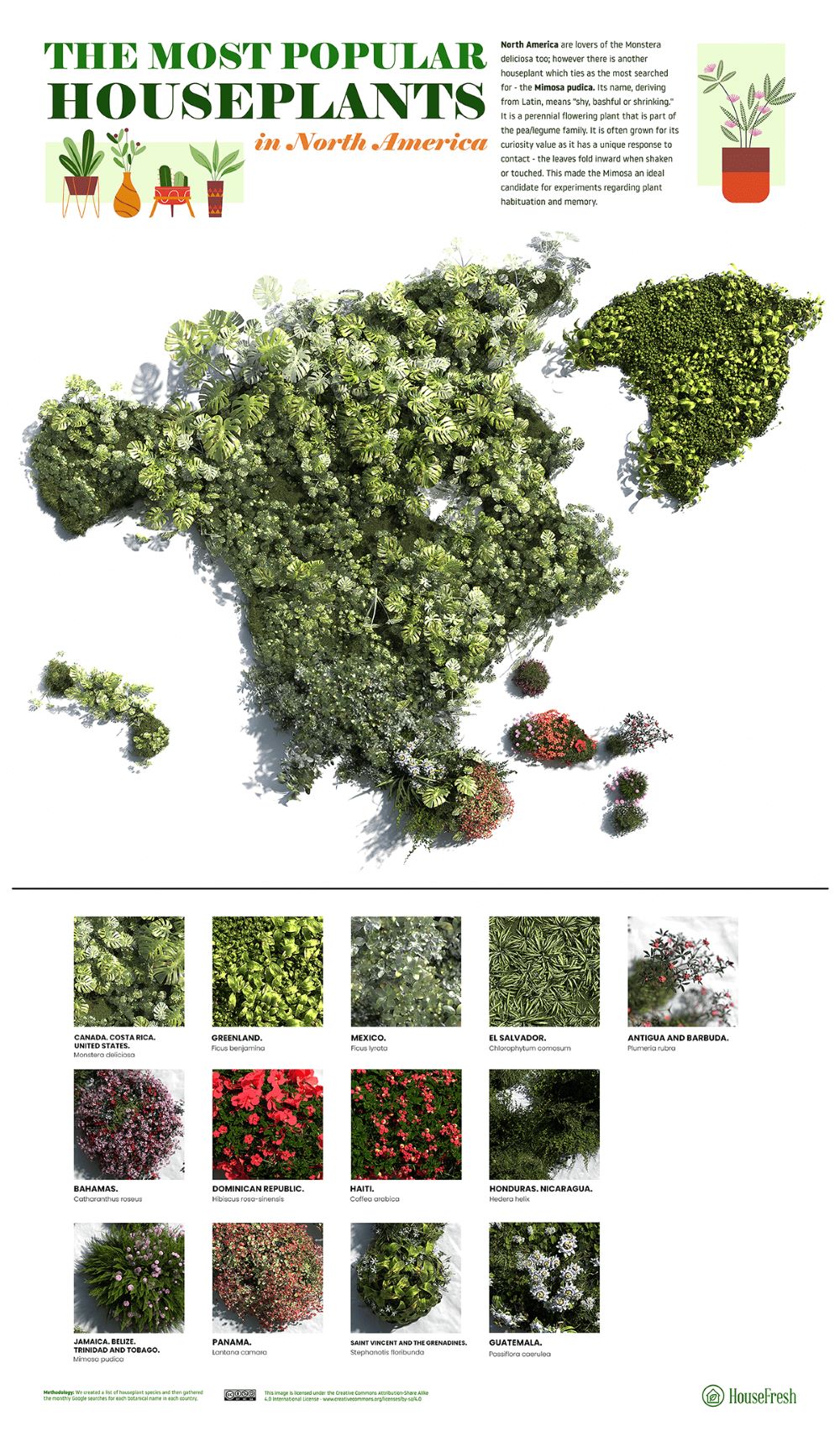 Source: HouseFresh
Source: HouseFresh
Growing for the Gram
One plant was a near-global favorite. Monstera deliciosa, or Swiss cheese plant (so-called for the holes in its leaves), was the most popular plant in North America, Europe, Asia, and Oceana. It even has its own popular hashtag #monsteramonday.
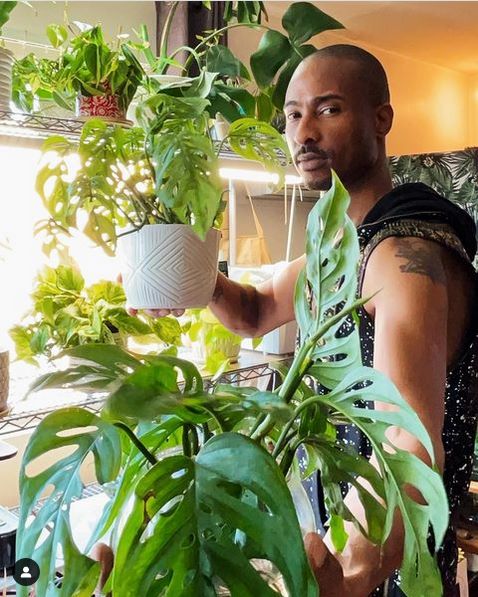 Source: jonnyill, Instagram
Source: jonnyill, Instagram
Perhaps unsurprisingly, Monstera is a little less popular as a houseplant in the country where it grows wild outdoors. In Mexico, the most popular houseplant is Ficus lyrata, or fiddle-leaf fig.
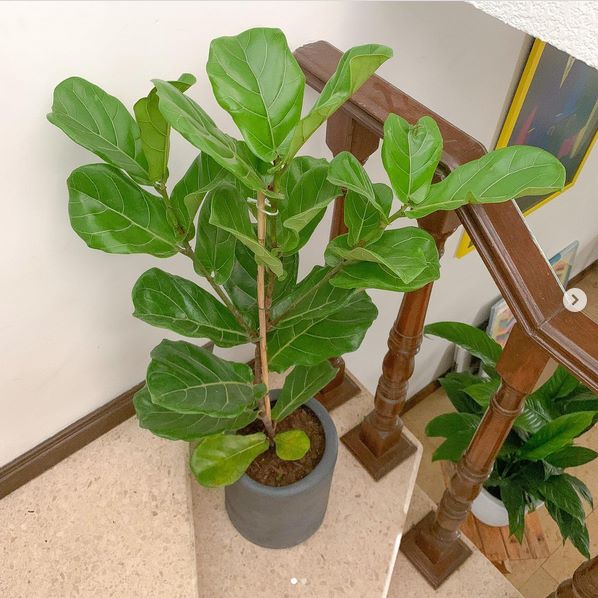 Source: plantaraxia, Instagram
Source: plantaraxia, Instagram
In countries with more snow than gardens, like Iceland and Greenland, a different fig, Ficus benjamina, or weeping fig, was most popular.
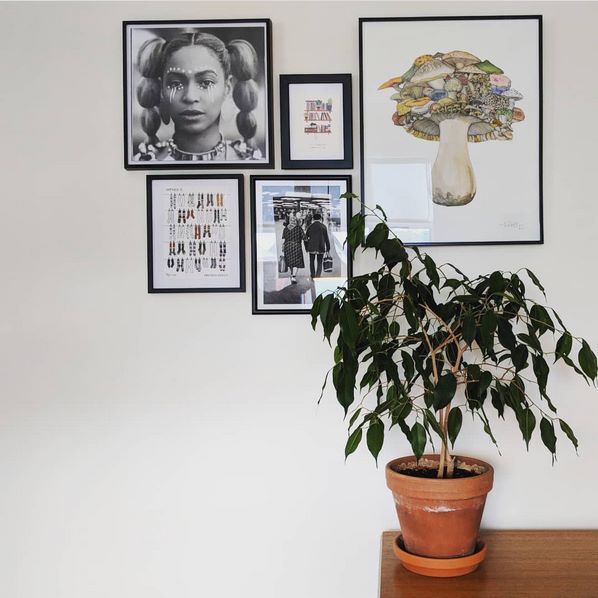 Source: evayr, Instagram
Source: evayr, Instagram
Meanwhile, in heavily forested but equally chilly Finland, a flowering houseplant was most loved — Saintpaulia, better known as the African violet.
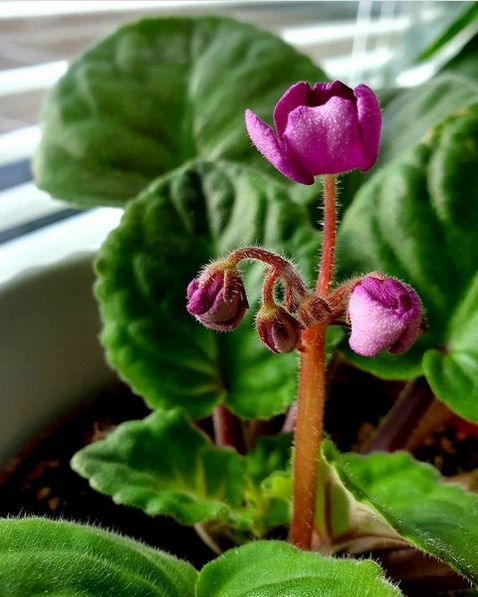 Source: ellaturja, Instagram
Source: ellaturja, Instagram
In tropical Eastern Africa where the violets are native, 12 countries preferred Lantana camara, a flowering plant native to Central and South America. Its tiny orange to pink flowers are charming, but Lantana’s reputation for repelling mosquitos may be part of its appeal in coastal tropical countries.
 Source: ayu.ujang, Instagram
Source: ayu.ujang, Instagram
Healthy Houseplants
Beautiful pictures on Instagram have inspired many poor purchasing decisions. Fortunately, if you find out you can’t rock that corset top after all, the retailer may recycle it for you or you can donate it. But if you buy a succulent for your north-facing basement apartment, your investment is likely to become compost. Regardless of which plants are popular, choose a species that thrives in the conditions you can provide in your home.
Salespeople at shops specializing in indoor plants can give invaluable advice on choosing and growing a houseplant. But if you can’t afford the specialty shops, research houseplants to find the right kind for you and learn how to select a healthy plant, even if you’re shopping the sale rack at the hardware store. (You can buy houseplants online, although, of course, you can’t inspect them before purchase.)
Plant Safety
Naturally, all houseplants grow wild outdoors someplace. But it’s not a good idea to set your exotic houseplants free. At best, you will probably kill your plant. Most houseplants evolved to thrive in warmer climates than most North American and European gardens can offer. If your houseplant does survive outdoors, the outcome can be much worse. Without the conditions and predators that maintain balance in its native environment, the plant can grow out of control. Most invasive plant species in North America were introduced intentionally as ornamental plants. In fact, Lantana has become a serious problem in many of the places where it has been introduced.
Finally, many houseplants are toxic. Some dogs and cats (especially indoor-only cats) and even some toddlers will nibble on houseplants. If you share your home with more than just plants, either choose to grow only nontoxic species or be sure to place plants where pets and children cannot reach.
 Source: jessklein18, Instagram
Source: jessklein18, Instagram
[ad_2]
Originally Appeared Here